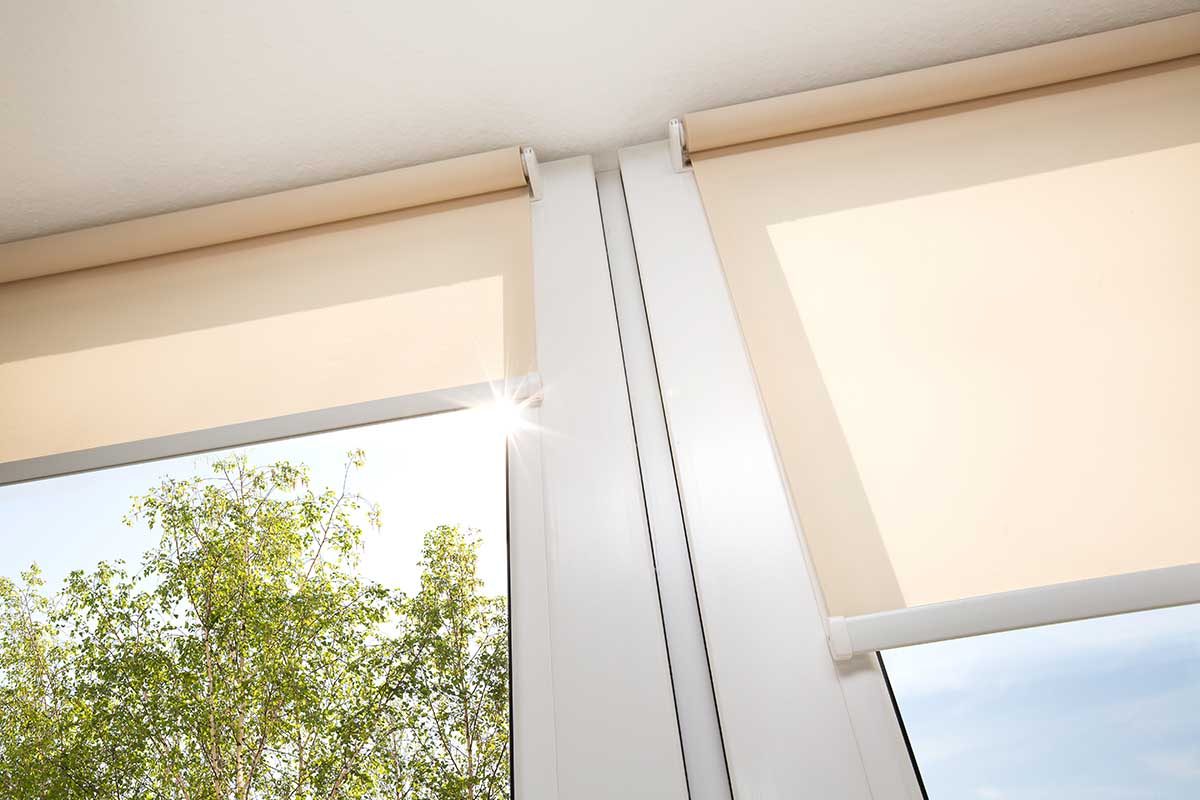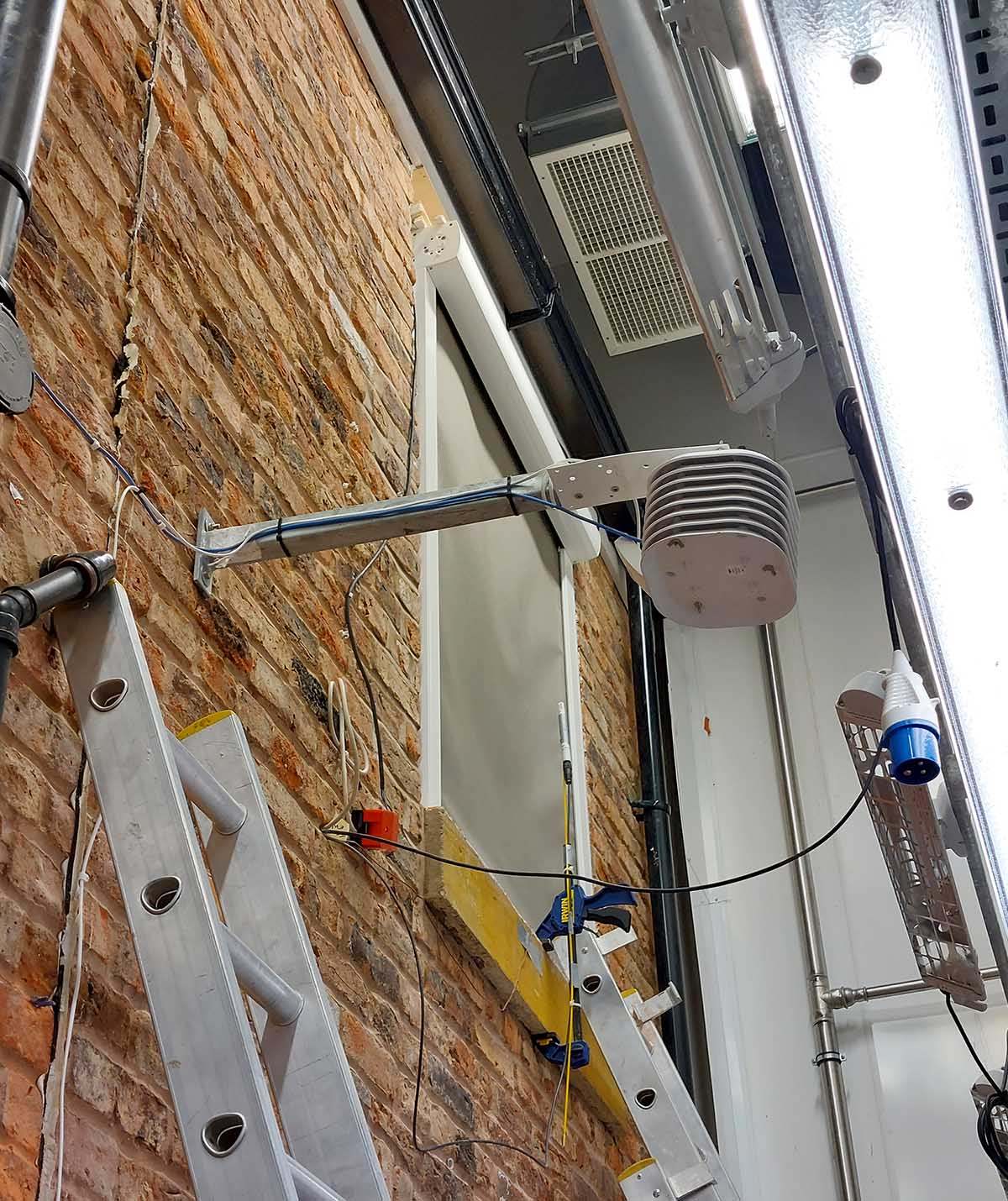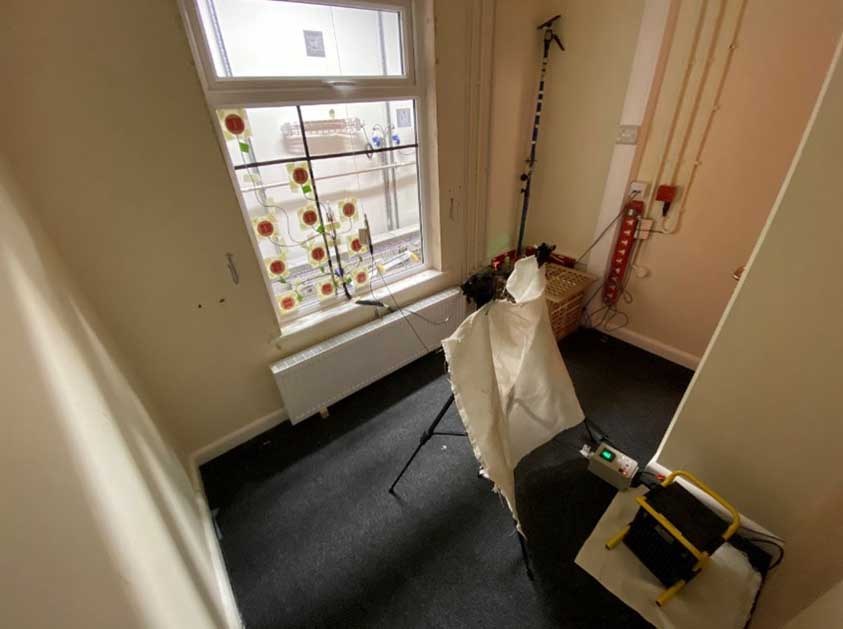The value of energy saving blinds
There are several reasons why homeowners have started looking more for ways to save on their energy consumption. An increased cost of living together with soaring energy prices are squeezing people's wallets. Consumers are also becoming much more sustainably minded and looking to make ethical and eco-friendly choices.
When it comes to heating your home, blinds and shutters are a proven way to reduce energy usage. A whopping 18% of heat lost from the average house is through its windows. New independent research shows that by utilising smart solar shading products such as roller blinds you can reduce heat loss by a substantial amount. As these are typically low-cost items, architects, builders, and homeowners are turning to this eco-friendly solution more than ever before.



Read on to learn more about how James Robertshaw was involved in this research and the energy-saving benefits of some of our best-selling products.
Energy saving window blinds research
The research was commissioned by the British Blind and Shutter Association (BBSA) and carried out by the Salford Energy House Laboratory. Their task was to test a number of leading blind products from various manufacturers for their ability to retain heat under real-world conditions.
The tests demonstrated that installing certain products will reduce heat loss through the windows of a property by up to 33%. We’re also very proud to say that of those tested and reported on, James Robertshaw products showed the highest rates of savings.
You can see the results for yourself here.
About Salford Energy House Labs
Energy House 2.0 has been operating since early 2022 and provides a state-of-the-art facility for researching environmental conditions. Able to simulate wind, rain, snow, and solar radiation, plus create temperature conditions of between -20˚C to +40˚C. It includes multiple test houses that are used to measure environmental data and provide scientific evidence of how different products and materials respond to different conditions.



What the results showed
The data provided after testing has been very encouraging. The tests measured the Centre pane U-value on a modern double-glazed low-e window. Multiple products were tested. Within the roller-blind category. The following results were recorded:
Roller blind fitted with zip side channels with low‑e fabric
- It provided heat loss reduction of up to 33%
- Specific product: James Robertshaw Eliminate blind, fitted with Mermet Ultimetal fabric, 1301 – titanium
- This was the best performing product out of all tested
Roller blind with side channels
- It provided heat loss reduction of up to 22%
- Specific product: James Robertshaw Eliminate blind fitted with Mermet Flocke fabric, 609 – loutre
Standard roller blind
- It provided heat loss reduction of up to 13%
- (Not a James Robertshaw product)

What this shows us is that fitting a modern roller-blind to your home windows will absolutely help you reduce heat loss (even using standard market options). However, if you want to maximise your energy-saving potential, opt for an innovative solution like the Eliminate (available directly from James Robertshaw). The Eliminate Roller Blind is a very flexible solution that can adapt to your space, and now it has been scientifically proven to provide excellent heat-saving potential.
How to use energy saving roller blinds effectively
Roller blinds can be used very effectively to contribute to energy saving in both winter and summer months. During the winter, open up your blinds fully during daylight hours to make the most of capturing the free energy provided by the sun. This will help with heating during the day. When night comes, pull the blinds down to provide better insulation and keep as much heat in the house as possible. In summer, you can reverse this process. Keep the blinds down, especially when facing the sun's direct glare to direct as much as possible away from the house. Then, during the evenings you can open them up to let trapped heat escape.
External shading is used widely in warmer countries to help regulate building temperatures. As the UK climate becomes more unpredictable, we can learn from these and start using passive shading to protect our homes.
What's next for window blind innovation?
Projects like the Salford Energy House Laboratory are of huge benefit to our industry and help us reveal the true benefit passive shading products can have. It’s estimated that by 2050, solar shading could save Euro285bn in energy costs across Europe. That will only happen through proper education of the potential though.
James Robertshaw has been innovating within this space for over 150 years, and we will always continue to do so. Through partnerships like these, we want to share the knowledge we build and help create a more sustainable future for managing environment control. If you’d like more information on this research or any of the products mentioned here, please reach out to a member of our team who will be happy to assist you.
Frequently asked questions
Do window blinds save energy?
Yes, certain window blinds have been scientifically proven to reduce the heat lost through a window, meaning you can save on energy bills by not having to heat your home as much.
How do blinds save energy?
By using blinds sensibly to maximise heat loss and gain, you can save energy by not needing to use powered heating or air conditioning units to artificially control temperature. Open up blinds to attract heat during the day and release it at night, or close them to repel solar radiation when the sun is shining and let heat escape during the evening in the summer months.
How much energy do blinds save?
That all depends on the type of blind you have fitted. The research suggests that standard roller blinds will help prevent up to 13% of heat loss from a window. More innovative solutions like the Eliminate Roller Blind will improve your heat loss prevention by up to 33%. The more heat you can keep in a building through passive means, the less energy will be required for artificial heating methods.

